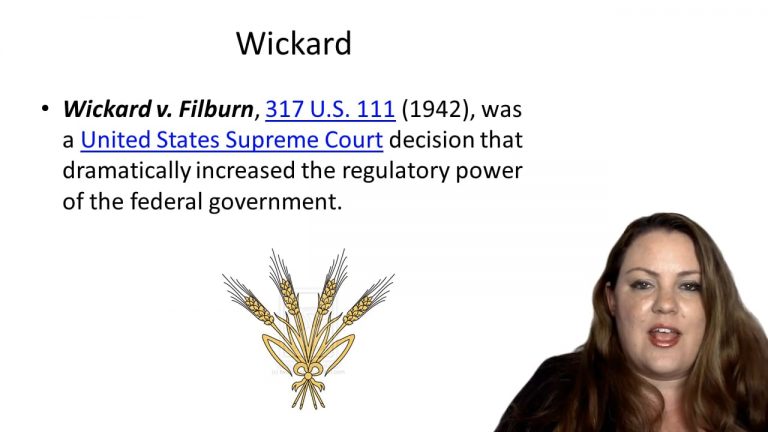SmartBrief
Confirm favorite deletion?
Constitutional Law Keyed to Barnett
United States v. E.C. Knight Co.
Citation:
156 U.S. 1 (1895)Facts
In the late 1800s, a small number of companies controlled all the sugar manufacturing in the U.S. The American Sugar Refining Company controlled most of the sugar manufacturing, and four other smaller companies (including the E.C. Knight Company) controlled the rest. In 1892, the American Sugar Refining Company purchased the E.C. Knight Company and the other three sugar manufacturing companies. This purchase effectively gave the American Sugar Refining Company a monopoly over the U.S. sugar refining industry. The federal government sued E.C. Knight Company, arguing that the sale of the company to the American Sugar Refining Company violated the Sherman Antitrust Act. The government argued that people all across the country consume sugar, and since it must pass over state lines to reach them, distribution of sugar is interstate commerce under the commerce clause.
Only StudyBuddy Pro offers the complete Case Brief Anatomy*
Access the most important case brief elements for optimal case understanding.
*Case Brief Anatomy includes: Brief Prologue, Complete Case Brief, Brief Epilogue
- The Brief Prologue provides necessary case brief introductory information and includes:
Topic:
Identifies the topic of law and where this case fits within your course outline.Parties:
Identifies the cast of characters involved in the case.Procedural Posture & History:
Shares the case history with how lower courts have ruled on the matter.Case Key Terms, Acts, Doctrines, etc.:
A case specific Legal Term Dictionary.Case Doctrines, Acts, Statutes, Amendments and Treatises:
Identifies and Defines Legal Authority used in this case.
- The Case Brief is the complete case summarized and authored in the traditional Law School I.R.A.C. format. The Pro case brief includes:
Brief Facts:
A Synopsis of the Facts of the case.Rule of Law:
Identifies the Legal Principle the Court used in deciding the case.Facts:
What are the factual circumstances that gave rise to the civil or criminal case? What is the relationship of the Parties that are involved in the case.Issue(s):
Lists the Questions of Law that are raised by the Facts of the case.Holding:
Shares the Court's answer to the legal questions raised in the issue.Concurring / Dissenting Opinions:
Includes valuable concurring or dissenting opinions and their key points.Reasoning and Analysis:
Identifies the chain of argument(s) which led the judges to rule as they did.
- The Brief Prologue closes the case brief with important forward-looking discussion and includes:
Policy:
Identifies the Policy if any that has been established by the case.Court Direction:
Shares where the Court went from here for this case.
Topic Resources
Topic Charts & Notes 

 9m 38s
9m 38s 5m 5s
5m 5s